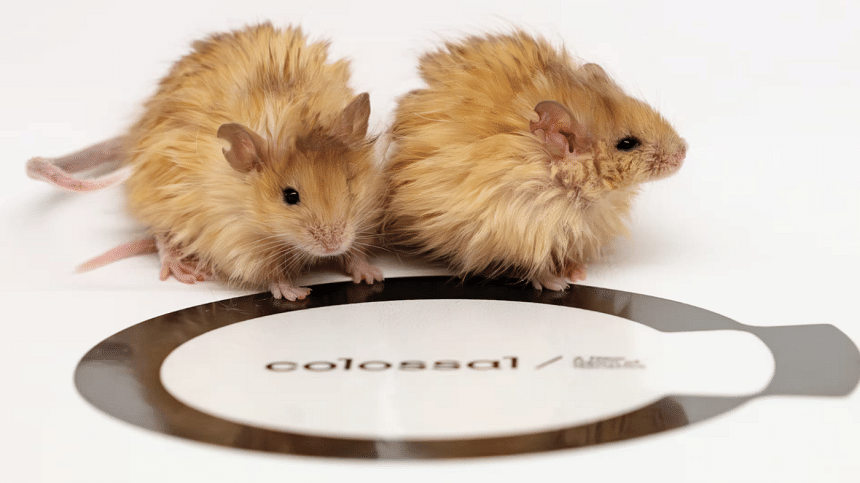Scientists create ‘woolly mouse’ in breakthrough towards Mammoth revival

Scientists at Colossal Biosciences, a US biotechnology company, have recently announced that they have successfully created genetically modified mice with woolly coats in a development they say supports their long-term plan to bring back the woolly mammoth.
The company plans to achieve "de-extinction" by genetically altering Asian elephants to exhibit mammoth-like traits, with the first calf expected to be born by 2028.
Colossal's research team has been analysing ancient mammoth genomes and comparing them with those of Asian elephants to identify key genetic differences. The company has already begun genome-editing elephant cells, and now, as part of its experimental work, it has successfully introduced cold-adaptation traits into mice.
The genetically modified rodents, dubbed "woolly mice", were engineered to grow long and dense fur which resembles the coat of a mammoth.
According to Colossal Biosciences, the study, which has not yet undergone peer review, involved altering fertilised mouse eggs and embryonic stem cells before implanting them into surrogates. The researchers focused on nine genes linked to hair colour, texture, length, and follicle formation, including two genes identified in mammoths that are believed to have contributed to their distinctive woolly coat. They also disrupted a gene associated with fat metabolism, which is thought to have played a role in mammoth cold adaptation.
While not all modifications resulted in live births, those that did produced mice with varied hair types, including woolly fur and golden-brown coats. However, the genetic changes did not affect the mice's body mass, and researchers have yet to determine whether the modifications enhance cold tolerance.
While the research offers insights into genetic engineering and evolutionary adaptation, the revival of the woolly mammoth remains a distant goal.

 For all latest news, follow The Daily Star's Google News channel.
For all latest news, follow The Daily Star's Google News channel. 





Comments